
Canola Oil
This oil has the highest amount of omega-3 fatty acids of all everyday cooking oils (1,300 mg of alpha-linolenic acid per tablespoon; the National Institutes of Health recommends at least 1,600 mg a day for men and 1,100 for women). You probably already have a bottle of it in your kitchen cabinet. Chefs like it for its high smoke point of 468°F—the temperature at which it begins to smoke and lose frying quality—which makes it versatile for cooking, baking, and stir-frying. Here are some surprising omega-3-rich foods that add years to your life.
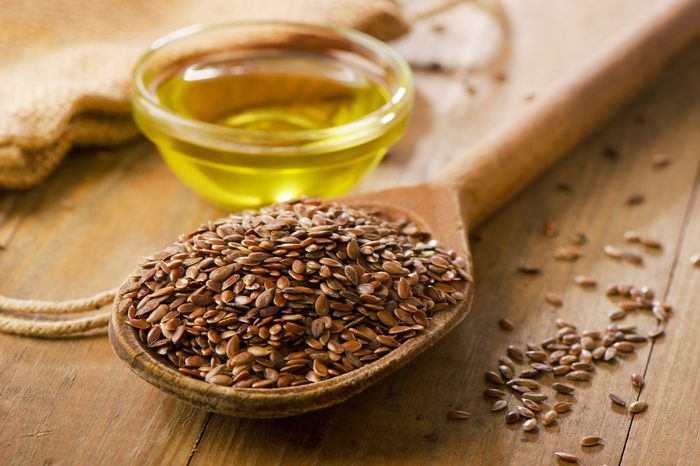
Flaxseed and Flaxseed Oil
Flaxseed boasts a kind of omega-3 called alpha-linolenic acid (ALA), which your body then converts to eicosapentaenoic acid (EPA) and docosahexaenoic acid (DHA), both of which are found in fish, according to The Harvard Medical School Family Health Guide. With its nutty flavor, you can use the oil in smoothies or bake breads with ground flaxseeds. One tablespoon of ground flaxseed contain 2,350 mg of ALA omega 3s, while 1 tablespoon of flaxseed oil has 7,249 mg. Need more motivation to add a bag of flaxseed to your shopping cart? Here are 10 healthy reasons to eat more flaxseeds.
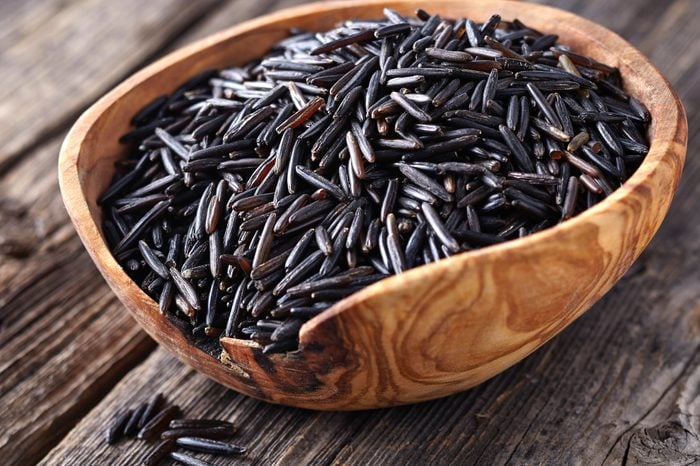
Wild Rice
One-half cup of cooked wild rice—which is actually a grass, not a grain—contains 159 mg of omega-3 fatty acids. It also contains almost twice the protein and fiber as brown rice, and is high in B vitamins, manganese, zinc, potassium, phosphorous and magnesium, while being relatively low in calories. Try this wild and brown rice with toasted pecans recipe.

Eggs
Eggs can be enriched when flaxseed and canola oil is added to hen feed, helping the chickens hatch eggs that contain the valuable nutrients. Eggland’s Best eggs are particularly high in omega-3s: Each egg contains 115 mg, which is twice as many of these healthy fats as regular eggs.
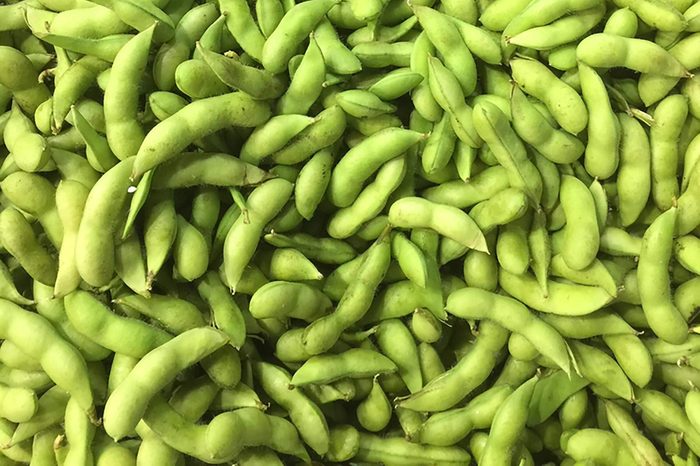
Soybeans
A half-cup serving of boiled, shelled green soybeans (also called edamame) contains 280 mg of plant-based omega-3 fatty acids, making them a particularly great source of the nutrient for vegetarians and vegans. Edamame are also rich in protein (8 g per half cup) and fiber (4 g per half cup), which is perfect for a healthy, filling snack. Next, check out why your doctor should be testing your omega-3 levels.
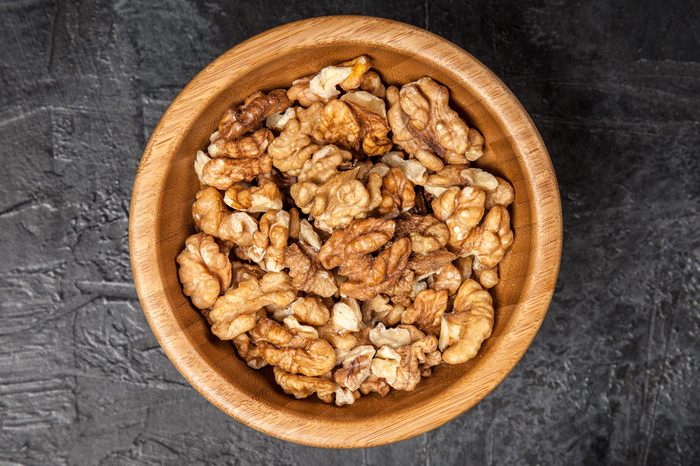
Walnuts
Rich in heart-healthy polyunsaturated fats, walnut nutrition packs a significant amount of omega-3s (2,500 mg per ounce). Cook veggies and stir-fries in walnut oil instead of olive oil for ten times the amount of omega-3 fatty acids. Besides snacking on them out of hand, you can also add walnuts to your meal. Find out more about the health benefits of walnuts and how to add more to you diet.
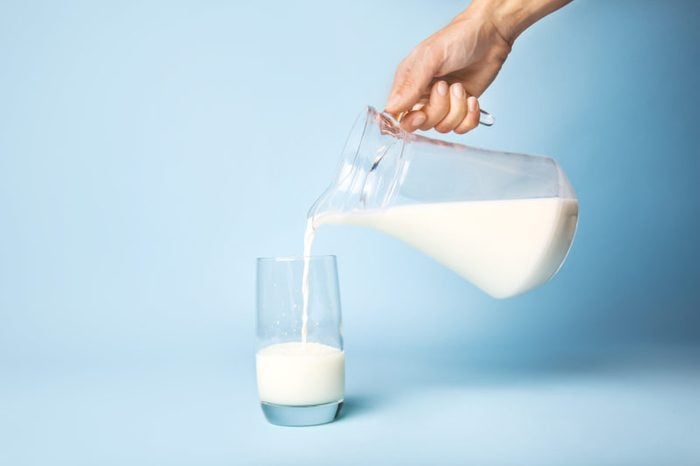
Enriched Dairy Foods
Grass-fed cows, goats, and sheep produce milk with higher amounts of omega-3s than those who eat other types of feed, according to a study in the Asia Pacific Journal of Clinical Nutrition. For even higher levels, look for enriched dairy products that include omega-3 content on the label; they likely have been fortified with fish oil. You won’t be able to taste the fish, but skip this source of omega-3s if you’re allergic to seafood. Here’s why you need to add omega-3 fatty acids to your diet.

